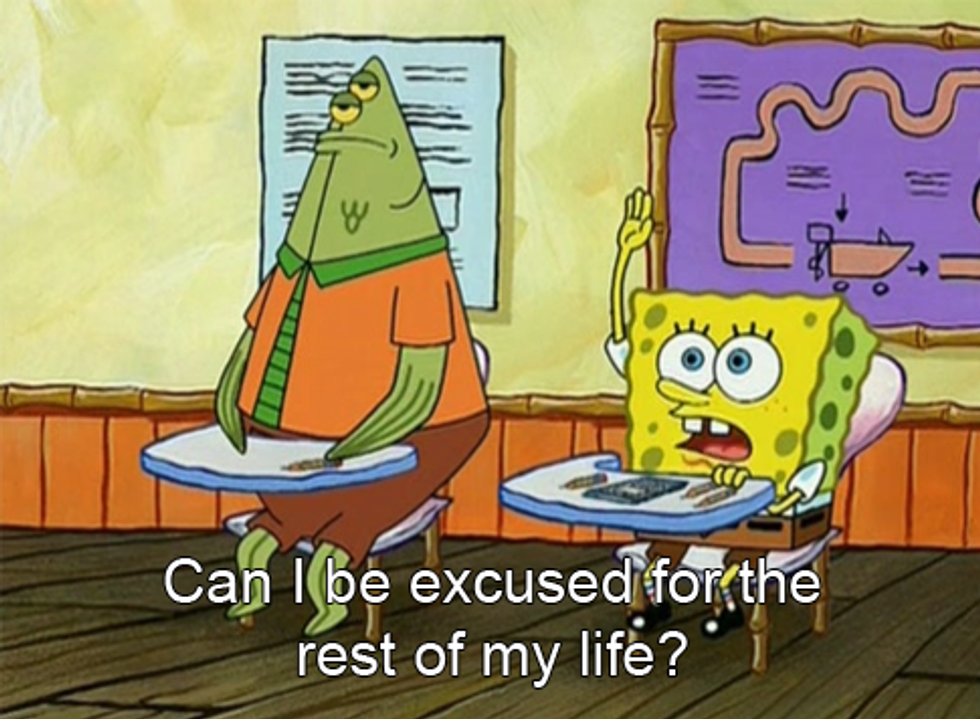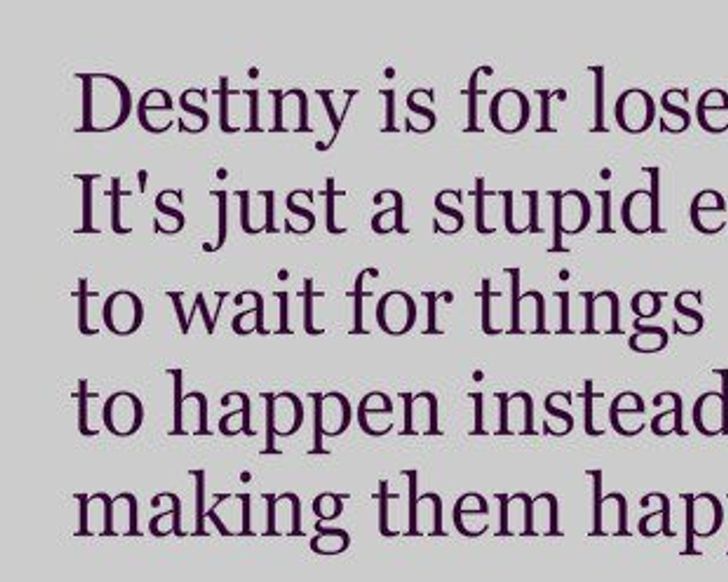Therese Belivet is an unhappy worker at a toy shop during the Christmas season. She blends in with the world around her, but, by some miracle, she's seen by Carol. Carol is sophisticated, gorgeous, classy, picaresque, charismatic, compassionate and ephemeral--she is everything Therese is not, yet their connection is undeniable and inescapable. From this first encounter, a romance blooms that sweeps the lives of these two women in chaos and bliss. While this story originally takes the form of a much-beloved novel, "The Price of Salt," it will be released in the upcoming Oscar season in a film entitled, "Carol."
As the seventh film by director, Todd Haynes, "Carol" displays Haynes at the peak of his directing prowess. While the film has yet to be released in U.S. cinemas, the trailer teases audiences with haunting and lush cinematography and glimpses of two of the most highly anticipated performances of the year--Rooney Mara and Cate Blanchett. As a period piece and as a production filmed on super 16mm, the film blends old with new. With the subject material--a romance between two women in a time when homosexuality was prohibited by law--Haynes continues to push the boundaries in hopes that he can share something fresh and exciting for audiences.
Filmed over the course of six weeks, "Carol" made a bold aesthetic choice in choosing to shoot in super 16mm over the (at this point standard) digital video. It's always important to note when films choose celluloid over video, primarily because directors and cinematographers have to have very specific reasons for making such an unconventional choice. Not to mention, Haynes chose super 16mm rather than the usual 35mm. Not only is he making a film about the 1950s, he's making a film as if he lived in the 1950s--shooting it with the same technologies used by filmmakers of the time. This may seem like a lot of film mumbo-jumbo, but Haynes is using this minute detail to create something authentic. To create a semi-archival document of people and stories that were erased and ignored by the times.
What I look forward to with "Carol" is how the story will be told. At this point, queer takes on romance dramas are rooted completely in the politics and the struggles of their time periods. While I know the setting should put some strain on the relationship, I'm hoping and praying that my impression of the trailer seems correct--that this is a love story about two people. We see queer couples and people in movies and TV all of the time, but I want to see more. I want to see them move beyond stereotypes that focus on normalizing LGBTQ individuals in the landscape of American society. I want to see a romance between two women told as effortlessly as the hundreds of straight romances released every year.
More so, I'm hoping that people like Carol--that I like Carol. While it's just starting to screen at international film festivals, "Carol" has already garnered a lot of attention through it's wins and nominations at the Cannes Film Festival and for the buzz around Mara and Blachett's performances. With a late-November release, the studio is obviously trying to put the film in competition for the Academy Awards and the Golden Globes, so we'll see. So far, things are looking good. Hopefully, "Carol" will deliver on all the promise in it's positive press reactions and early trailers and clips.
























